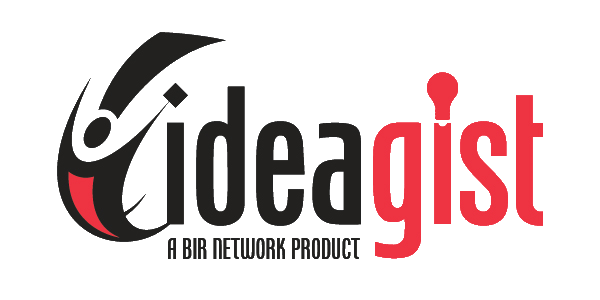10 Great Ways To Crush Creativity In Your Business
By Guest blogger Martin Zwilling, founder and CEO of Startup Professionals
Success in any business these days requires a constant flow of new and innovative solutions, to keep up with changes in the market, competition, and to attract new customers. Yet in my role as a small business advisor, I still see a singular focus on achieving repeatable processes and “cookie-cutter” manufacturing. I don’t believe these two objectives have to be mutually exclusive.
The best entrepreneurs and the best executives in mature businesses have learned how to foster both high efficiency and high creativity, in a balance that keeps their business ahead of the pack on both sides of the equation. These business leaders are constantly are on the prowl for mistakes to avoid and opportunities to improve their impact.
I saw some good insights on the most common mistakes that crush creativity, in a new edition of a classic book, “Lateral Thinking Skills,” by Paul Sloane. Sloane is well recognized for his work on innovation and lateral thinking (new ways of looking at a problem rather than proceeding by logical steps). Here is my summary of the ten top creativity mistakes we both still see too often:
- Criticize any new idea or employee suggestion. A natural human reaction to any new idea is to point out potential weaknesses. New ideas tend to not be fully thought through, so it is easy to reject them as ‘bad.’ This only discourages the person from making any future suggestions. You must praise creative thinking, and evaluate results later.
- Avoid brainstorming sessions to find solutions. Brainstorming is still seen by many as old-fashioned and passé. Recent evidence is that brainstorming, done right, is still one of the best ways of generating fresh ideas from people at all levels. Keep brainstorming sessions short, non-judgmental, high energy, and chaired by an enthusiastic facilitator.
- Escalate all problems upward to senior management. In fact, people lower in the organization are often closer to the customer, and have more insight into what works and what doesn’t. Avoid the macho concept that only top management can solve problems, or address strategic challenges. Decisions made lower down always get more buy-in.
- Pervasive focus on efficiency rather than innovation. There is nothing wrong with a focus on making the current business model work better. Yet ‘better’ sometimes requires ‘different’ (innovation), rather than just more efficient (faster or cheaper). An exclusive focus on efficiency is a dangerous and limiting to long-term growth.
- Promote the belief that hard work will solve all problems. Often we need to find a different way of solving a problem than just to work harder at the old way of doing things. Every working day needs time for some fun, some lateral thinking, some wild ideas, and some testing of new initiatives. Make sure people take time to look for new opportunities.
- Plan in great detail and avoid things not in the budget. Markets and needs change so quickly these days that the view we had last week can be out of date today. Business plans should be loose frameworks to be used as guidelines rather than detailed route maps. Budgets must be reviewed monthly for adjustments to accommodate innovations.
- Create a culture of finding blame for every failure. Many innovation projects will fail, but are still worthwhile, because only by trying them can you determine whether a promising idea is a dud or a winner. If people fear they will be blamed for failures, they will quickly avoid attempting something new. Encourage an entrepreneurial culture.
- Provide bonuses for volumes, not milestones. Typical incentives give percentages of quarterly revenues and contribution as rewards for success. You need different rewards for a team running an innovation project, such as reaching agreed milestones. An even better alternative could be stock options, linked to the long-term success of the company.
- Always promote from within rather than seek fresh blood. Promoting from within is generally a good thing, but should not be used exclusively. For real creativity and innovation, an outsider not bound by your company cultural assumptions and beliefs, and bringing a new set of experiences to the table, will see and fight for new opportunities.
- Assign innovation projects to production organizations. Existing production teams are generally too busy meeting monthly deadlines and targets to give new innovations the attention they need. It is better to put new products or services into a new or special department, sometimes known as an innovation incubator, to get the focus they require.
Creativity and innovation are fragile business elements, and they can be easily starved, smothered, and trampled by the larger daily operational demands and old ways of doing things. Business leaders, and every member of their team, need to proactively use lateral thinking skills to develop and nurture creativity and innovation. Your long-term business survival depends on it.
Author Marty Zwilling is the Founder and CEO of Startup Professionals, a company that provides products and services to startup founders and small business owners.
View the original article at http://blog.startupprofessionals.com
crushing creativity

